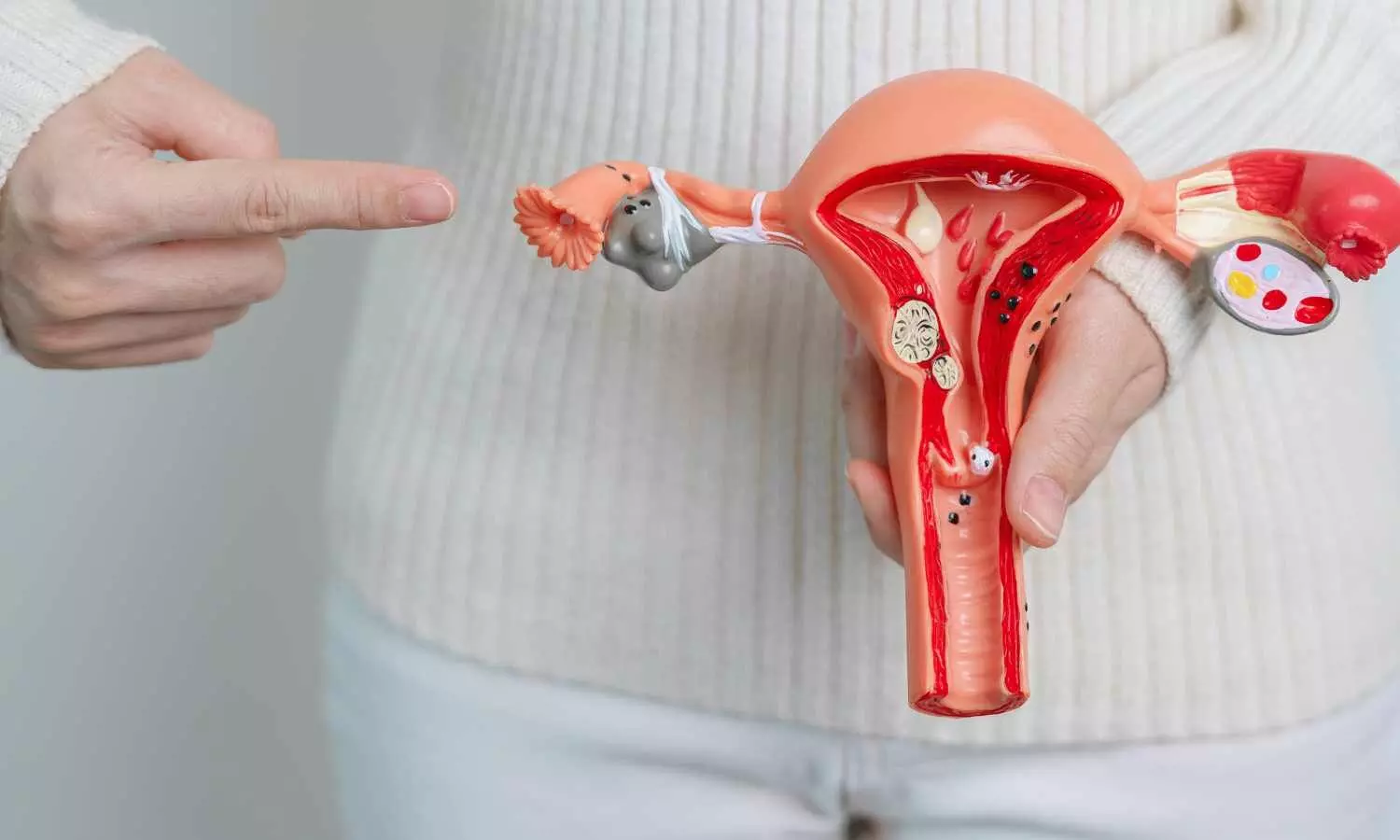Undiagnosed Mullerian anomalies may impact standard intra and postoperative management of ectopic pregnancies: Study

implications arising from the unexpected diagnosis of a Mullerian anomaly
during the surgical management of an ectopic pregnancy, authors Shelun Tsai et
al carried out complete resolution of a left rudimentary uterine horn ectopic
pregnancy through surgical excision of the pregnancy sac without
hemihysterectomy in an academic centre.
A 39-year-old nulligravid woman with anovulation and
irregular menstrual cycles presented to the office. Her urine pregnancy test
result was incidentally positive; the serum b-human chorionic gonadotropin
level was 5,644 mIU/mL. Outpatient transvaginal ultrasonography demonstrated a
2.1 x 1.7 x 2.2–cm thick-walled structure in the left adnexa without an
intrauterine pregnancy. These findings were highly suspicious for a left tubal
ectopic pregnancy. The patient was consented for laparoscopy with planned left
salpingectomy. The patient included in this video gave consent for publication
of the video and posting of the video online including social media, the
journal website, scientific literature websites (e.g., PubMed, ScienceDirect,
and Scopus), and other applicable sites.
Diagnostic laparoscopy did not show an obvious left tubal
ectopic pregnancy. Instead, a right unicornuate uterus with a dilated
rudimentary left uterine horn was seen. Both fallopian tubes and ovaries
appeared normal. These laparoscopic findings were consistent with an ectopic
pregnancy in the rudimentary horn. However, in the absence of informed consent
for a hemihysterectomy and no evidence of ectopic rupture or bleeding within
the pelvis, we decided to proceed with excision of the ectopic pregnancy from
the uterine horn. An incision was made over the anterior surface of the uterine
horn, and the pregnancy sac was dissected from the underlying myometrium and
excised in its entirety. Left salpingectomy was also performed. The patient was
discharged home the same day, and her b-human chorionic gonadotropin levels
decreased to <5 mIU/mL within 28 days of surgery.
Postoperative hysterosalpingography demonstrated a right
unicornuate uterus with normal fill and spill of the right fallopian tube.
Magnetic resonance imaging of the pelvis confirmed the findings of a right
unicornuate uterus with a noncommunicating left rudimentary uterine horn that
did not contain any endometrial tissue. Thus, the patient did not require an
interval hemihysterectomy. She underwent letrozole and intrauterine
insemination treatment 5 months after the initial surgery, which resulted in a
clinical intrauterine pregnancy. However, this pregnancy was terminated in the
early second trimester because of findings of trisomy 18. She conceived
naturally 1 year later, and this pregnancy resulted in a full-term vaginal
birth at 39 weeks of gestation.
It can be concluded that undiagnosed or unexpected Mullerian
anomalies can impact the standard intraoperative and postoperative management
of ectopic pregnancies.
Source: Shelun Tsai, M.D.,a Aleksandra Uzelac, B.Sc., M.Sc.,
M.D.,b Steven R. Lindheim; Fertil Steril® Vol. 122, No. 5, November 2024
https://doi.org/10.1016/j.fertnstert.2024.07.036



